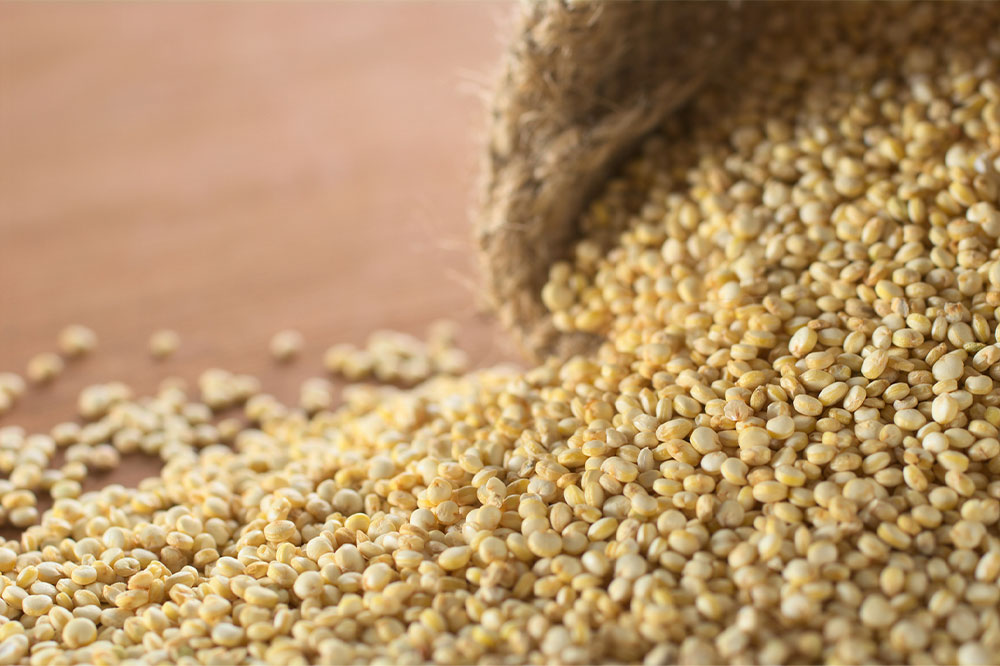
3 easy tips to manage lymphoma
Lymphoma is a cancer whose origin is in the lymph system. There are primarily two types: Hodgkin Lymphoma and Non-Hodgkin Lymphoma (NHL). As of 2022, NHL accounts for 4% of all cancers in the country. In contrast, Hodgkin’s Lymphoma is expected to affect 8,540 people this year. A variety of treatment options are available. However, the side effects are many, for which supportive care is required. Here are 3 easy tips for coping with lymphoma:
Approach a health professional immediately
The nature of the treatment plan will depend on the type of lymphoma the patient suffers from, something only an appropriately qualified health professional can identify. Regarding the symptoms, there are 60 of them, broadly classified under two categories: Non-Hodgkin and Hodgkin Lymphoma.
The latter requires only chemotherapy or chemotherapy accompanied by radiotherapy for successful cancer treatment. In contrast, Non-Hodgkin Lymphoma entails a variety of treatments, the choice of which depends on the type of Lymphoma-aggressive or indolent. For aggressive NHL, the following treatment options are prescribed:
Chemotherapy : It is one of the most common treatments for cancer, involving the use of anti-cancer elements to destroy cancer cells. It can be administered orally or via injections and is mainly used in initial treatment or stem cell transplants.
Radiation therapy : Also called radiotherapy, it kills cancer cells by using high-powered energy beams like protons and X-rays. Generally, in a line of treatment, it is used after successful chemotherapy to get rid of one or two remaining cancer cells. However, in certain types of lymphoma, specifically the slower ones, radiation may be the only treatment to eliminate cancer cells.
Targeted therapy : The strategy this therapy uses to fight cancer cells is to attack the specific abnormalities that add to the potency of the cancer cells. Once these abnormalities are blocked, the cancer cells turn redundant. There are mainly two groups: monoclonal antibodies and small molecule inhibitors. Ibrutinib (Imbruvica) falls within the latter category and is administered post other treatments for varied types of NHL, namely mantle cell lymphoma, small lymphocytic lymphoma, and marginal zone lymphoma. Ibrutinib (Imbruvica) primarily targets the B cell Lymphomas.
(CAR)-T Cell therapy : It is a specialized treatment that engineers the body’s anti-germ T cells to attack and kill cancer cells. Chemical Antigen Receptor-T Cell Therapy is specifically used to treat B cells when all other treatments fail to work.
Bone marrow transplant : Also called stem cell transplant, entails suppressing the immune system and bone marrow using chemotherapy and radiation. Following that, healthy bone marrow cells from the patient or a donor’s body are infused into the patient’s blood.
Immunotherapy : The immune system is trained to fight foreign elements. However, cancer cells dodge the immune system by producing proteins to hide. Immunotherapy intervenes in this process, helping the immune system detect cancer cells.
Eat healthy meals
A healthy meal is a must for the patient during lymphoma treatment as the immune system becomes too vulnerable, thereby increasing the risks of infection. Eating healthy and nutritious food gives the body the strength and immunity to cope with cancer treatment’s biological and emotional side effects.
A well-balanced and nutritious meal for lymphoma patients should include:
Carbohydrates, especially the complex ones, brown, wholegrain, or wholemeal varieties. Grains such as quinoa and couscous are some significant examples.
Proteins from dairy products, beans, lentils, nuts, and nut butter.
Unsaturated fats from avocados and brazil nuts.
Vitamins and minerals from fruit, dried fruit, and vegetables. 5 to 10 servings per day is the recommended limit.
Ample fiber, especially if the patient cannot go without caffeine.
Besides, sugar intake should be limited to 10 percent of daily calories, and salt intake should not cross 2,300 milligrams (mg) per day. Furthermore, staying hydrated is a must with plenty of water intake and sugar-free drinks like seltzer or herbal tea.
Maintaining a healthful lifestyle
According to some notable cancer research studies, staying active during lymphoma treatment helps physically and mentally rejuvenate the patient. It not only takes care of bone and muscle strength but also improves heart function, reduces fatigue and anxiety, and uplifts self-esteem.
However, a consultation with the doctor is highly recommended before starting any fitness regime. Ideally, the patient should opt for low-intensity workouts like stretching, walking, or restorative yoga. Also, public gyms and pools must be avoided at all costs.
It must be noted that staying active does not imply over-exerting oneself. The treatment is demanding, and there won’t be any shortage of days when the patient may feel too drained to continue their workout routine. In that case, the patient is recommended to engage in the following activities to uplift their mental and bodily strength:
Go out in an open space for a gentle walk.
Opt for stairs instead of the lift.
Clean up the living space.
Engage in nurturing activities like gardening to give a purpose to the restless mind (an everyday occurrence during the treatment).
Engage in pranayama practice for a focused mind and reduced stress.
Living with lymphoma
There is hardly any doubt that living with lymphoma is equivalent to fighting a battle. It requires ample patience and perseverance to cope with the symptoms and side effects. However, the patient is expected to win this battle with the roper nutritional and lifestyle choices and constant monitoring of the symptoms.


